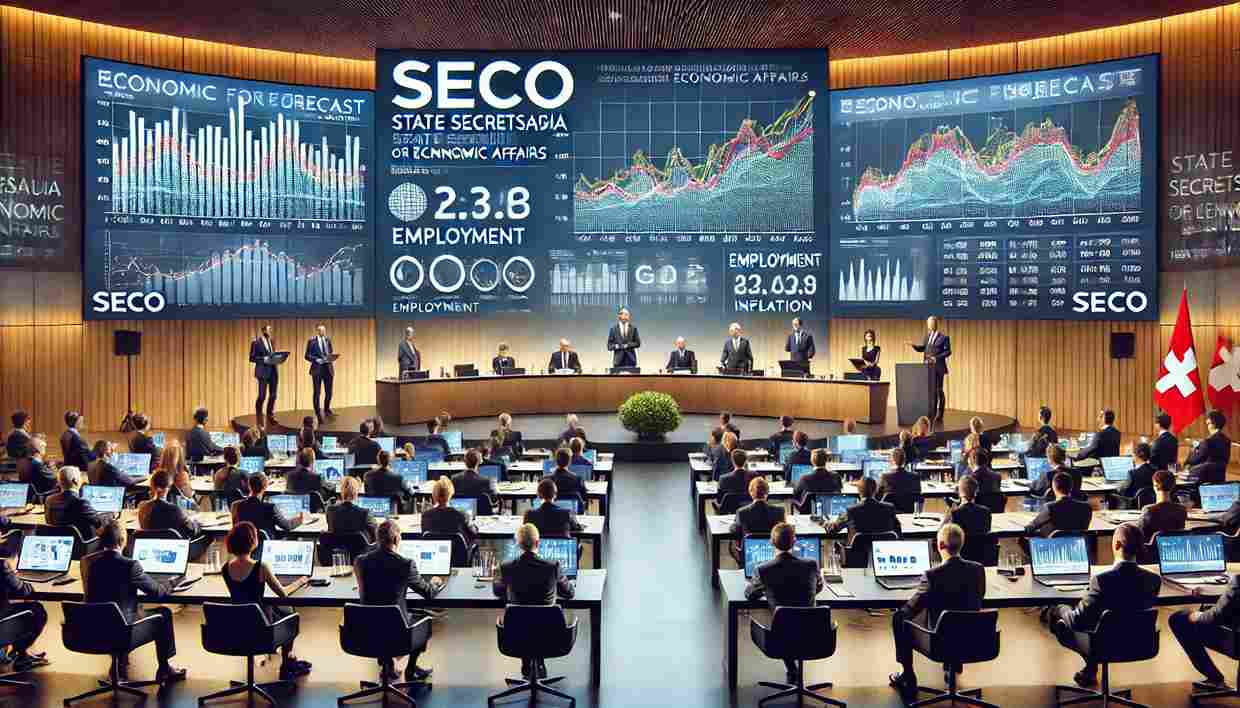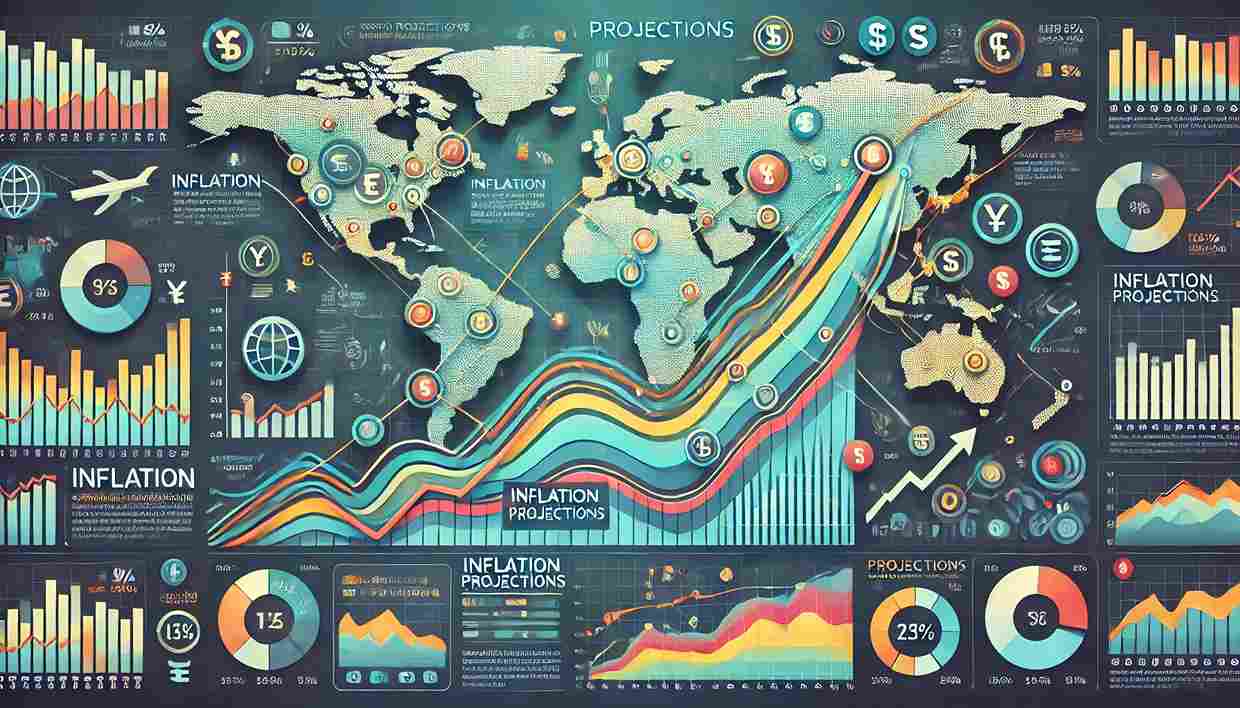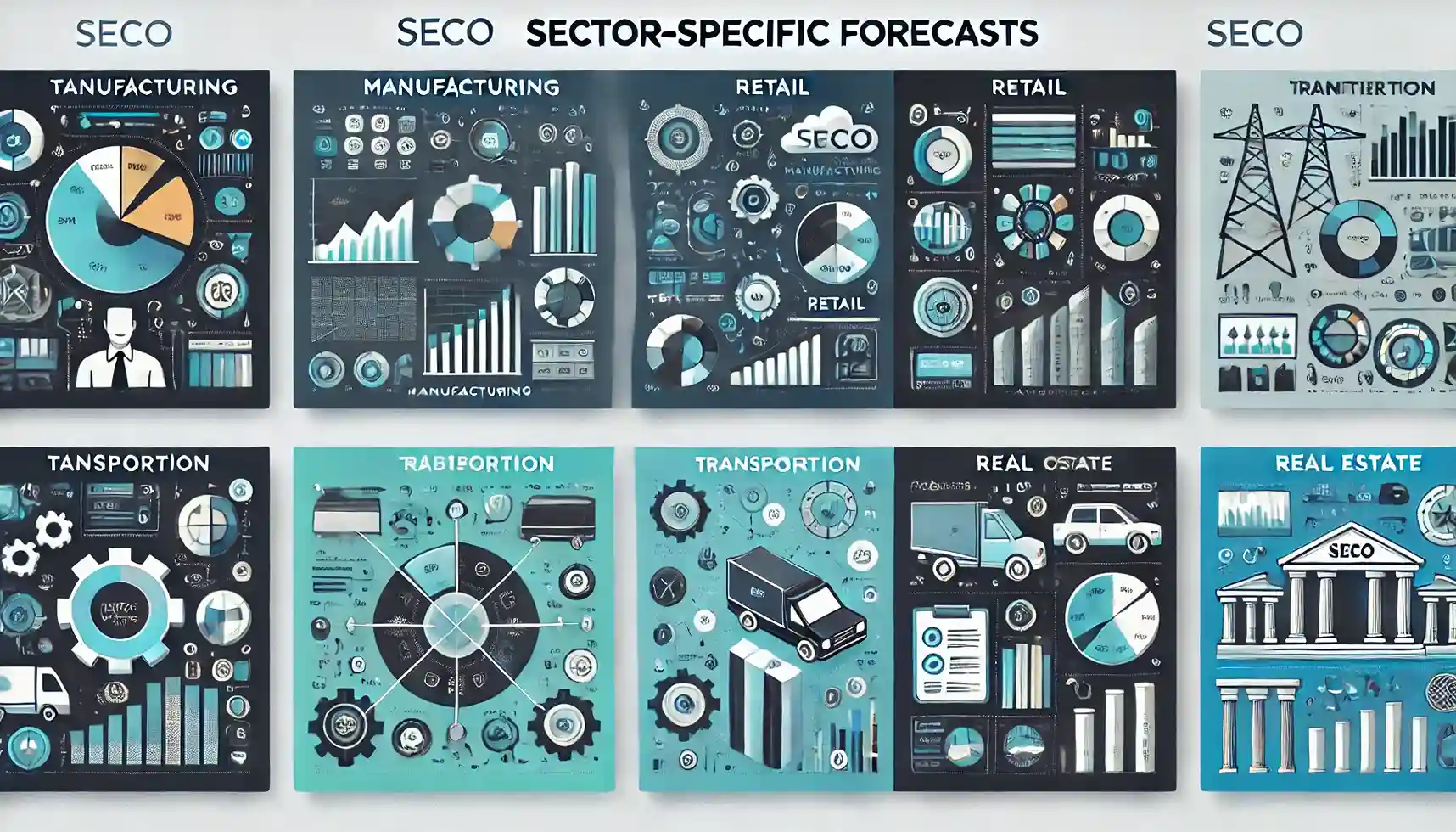The Swiss State Secretariat for Economic Affairs (SECO) regularly provides economic forecasts that are crucial for understanding the economic trajectory of Switzerland. These forecasts are essential for businesses, policymakers and investors who need to make informed decisions. In this comprehensive article, we’ll delve into SECO’s latest economic forecasts, examining various aspects such as GDP growth, inflation, employment, and international trade. Let’s break down the intricacies of these forecasts and what they mean for Switzerland’s economy.
SECO Economic Forecasts

SECO’s economic forecasts offer a detailed picture of Switzerland’s economic health. These predictions are based on a rigorous analysis of various economic indicators and provide insights into future economic trends.
Understanding SECO’s Role
SECO is a federal agency responsible for economic policy and labor market issues in Switzerland. It plays a pivotal role in shaping economic strategies and policies by providing data-driven forecasts.
Importance of Economic Forecasts
Economic forecasts help in planning and decision-making processes for government bodies, private sector businesses, and investors. They provide a roadmap for anticipating economic challenges and opportunities.
Gross Domestic Product (GDP) Growth
One of the primary indicators SECO forecasts is the Gross Domestic Product (GDP) growth. This metric is crucial for understanding the overall economic performance of a country.
Current GDP Trends
As of the latest reports, SECO has projected a moderate GDP growth for Switzerland. The growth rate reflects the country’s economic resilience amid global uncertainties.
Factors Influencing GDP
Several factors contribute to GDP growth, including consumer spending, government expenditure, and investments. External factors such as global trade dynamics and geopolitical stability also play a significant role.
Inflation Projections

Inflation is another critical component of SECO’s economic forecasts. It impacts purchasing power, cost of living, and overall economic stability.
Inflation Rates Overview
SECO’s latest forecast indicates a stable inflation rate, aligning with the Swiss National Bank’s target range. This stability is essential for maintaining consumer confidence and economic equilibrium.
Causes of Inflation
Inflation in Switzerland is influenced by both domestic and international factors. These include changes in commodity prices, exchange rates, and monetary policies.
Employment and Labor Market Trends
Employment trends provide insights into the economic well-being of the population. SECO’s forecasts on employment are crucial for understanding labor market dynamics.
Current Employment Statistics
The latest SECO forecasts show a positive outlook for employment, with a steady decrease in the unemployment rate. This trend is indicative of a robust labor market.
Challenges in the Labor Market
Despite positive trends, challenges such as skill mismatches and demographic changes persist. Addressing these issues is vital for sustaining long-term employment growth.
Consumer Spending and Retail Sector
Consumer spending is a significant driver of economic growth. SECO’s forecasts on consumer spending offer a glimpse into the retail sector’s performance.
Trends in Consumer Spending

Recent forecasts suggest a steady increase in consumer spending, reflecting growing consumer confidence. This trend is expected to bolster the retail sector.
Impact on Retail Sector
Increased consumer spending translates to higher demand for goods and services, positively impacting the retail sector. However, retailers must adapt to changing consumer preferences and technological advancements.
Investment and Business Climate
Investments are crucial for economic expansion and innovation. SECO’s insights into the investment climate provide valuable information for businesses and investors.
Current Investment Trends
The SECO forecast highlights a favorable investment climate, driven by economic stability and supportive government policies. This environment encourages both domestic and foreign investments.
Future Outlook for Investments
Looking ahead, SECO predicts continued growth in investments, particularly in technology and infrastructure. These sectors are poised for significant development, contributing to overall economic growth.
International Trade and Export Dynamics

Switzerland’s economy is heavily reliant on international trade. SECO’s forecasts on trade and exports are crucial for understanding the global economic integration.
Trade Balance and Export Performance
SECO projects a positive trade balance, with exports expected to grow steadily. This growth is driven by strong demand for Swiss products in international markets.
Challenges in Global Trade
However, challenges such as trade tensions and regulatory changes can impact export performance. Staying competitive in the global market requires continuous innovation and adaptation.
Monetary Policy and Interest Rates
Monetary policy plays a vital role in economic stability. SECO’s forecasts provide insights into expected changes in interest rates and monetary policies.
Current Monetary Policy
SECO’s current outlook suggests a stable monetary policy with minimal changes in interest rates. This stability is essential for maintaining economic confidence.
Future Monetary Policy Directions
Future adjustments in monetary policy will depend on various factors, including inflation trends and economic growth rates. SECO anticipates a cautious approach to any changes.
Real Estate Market Trends
The real estate market is a key indicator of economic health. SECO’s forecasts offer valuable insights into this sector.
Current Real Estate Dynamics

The SECO forecast indicates a stable real estate market, with moderate growth in property prices. This stability is crucial for economic balance.
Factors Influencing Real Estate
Factors such as interest rates, economic growth, and demographic changes influence the real estate market. SECO’s forecasts take these into account to provide a comprehensive outlook.
Regional Economic Disparities
Economic performance can vary significantly across different regions. SECO’s forecasts highlight these regional disparities.
Regional Growth Patterns
SECO’s latest data shows varying growth rates across different cantons. While some regions experience robust growth, others face economic challenges.
Addressing Regional Disparities
Addressing these disparities requires targeted policies and investments to promote balanced regional development. SECO’s insights help in formulating such strategies.
Sector-Specific Forecasts
Different economic sectors perform differently based on various factors. SECO’s sector-specific forecasts provide a detailed analysis.

Manufacturing Sector Outlook
The manufacturing sector is expected to see moderate growth, driven by technological advancements and export demand. However, challenges such as supply chain disruptions remain.
Services Sector Performance
The services sector, particularly finance and tourism, is projected to grow steadily. SECO’s forecasts highlight the importance of innovation and customer experience in this sector.
Long-Term Economic Projections
While short-term forecasts are essential, long-term projections provide a strategic outlook. SECO’s long-term forecasts help in understanding future economic trends.
Economic Growth Prospects
Over the long term, SECO predicts sustained economic growth, supported by technological advancements and a skilled workforce. However, global economic conditions will play a significant role.
Strategic Planning for the Future

Strategic planning based on these long-term projections is crucial for ensuring sustainable economic development. Policymakers and businesses must align their strategies with these forecasts.
Conclusion
SECO’s economic forecasts are invaluable for understanding Switzerland’s economic landscape. From GDP growth to inflation, employment trends to international trade, these forecasts provide a comprehensive picture of the country’s economic health. By staying informed and adapting to these insights, businesses, policymakers, and investors can navigate the economic landscape effectively.
FAQs
1. What is SECO’s role in Switzerland’s economy?
SECO is responsible for economic policy and labor market issues, providing data-driven forecasts to guide economic strategies and policies.
2. How does SECO forecast GDP growth?
SECO analyzes various economic indicators, including consumer spending, investments, and external factors, to predict GDP growth.
3. Why are inflation forecasts important?
Inflation forecasts help in understanding purchasing power, cost of living, and overall economic stability, which are crucial for economic planning.
4. What factors influence employment trends in Switzerland?
Employment trends are influenced by economic growth, skill mismatches, demographic changes, and government policies.
5. How does international trade impact Switzerland’s economy?
International trade is vital for Switzerland’s economy, driving growth through exports and influencing the trade balance.
